Elbow, Wrist & Hand
Treatments targeted at specific conditions.
Tennis & Golfers Elbow
Medial and Lateral Epicondylitis, better known as Tennis and Golfers Elbow, are repetitive strain conditions of the elbow. Repetitive motions of the wrist and arm overload the tendons in the forearm and elbow causing inflammation and pain.
They do not only occur in those who play tennis and golf, and ironically many golfers suffer from Tennis Elbow! Decorating, gardening, DIY and computer work along with many other jobs and activities can cause Epicondylitis.
Lateral Epicondylitis (tennis elbow) is most common. If you have Lateral Epicondylitis you might get pain into the outer elbow when gripping, turning a door knob, or picking up a kettle. Medial Epicondylitis (golfers elbow) is less common and affects the inner elbow. Pain may extend down the forearm and into the wrist in both conditions.
Our osteopaths are well versed at effectively treating Epicondylitis. Our osteopaths can help to reduce pain and inflammation in the first stance and then help you stretch and strengthen the muscles in your forearms to help prevent it occurring again in the future.
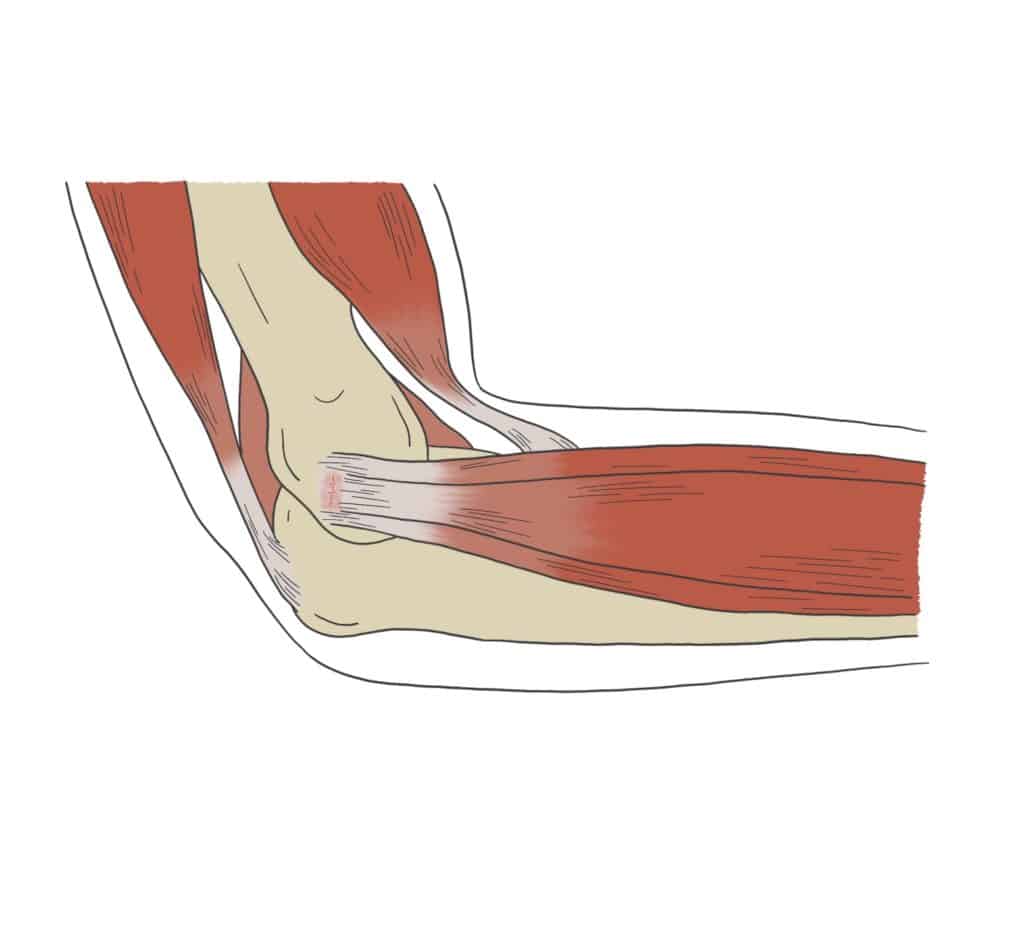
Ulnar Nerve Entrapment
Ulnar nerve entrapment usually occurs in the inner elbow. We have all knocked our ‘funny bone’ on the elbow at some point. The ‘funny bone’ is not in fact a bone at all, it is where the ulnar nerve sits very close to the surface, and so when we knock it, the nerve sends out a short and sharp impulse. This specific spot is where the nerve can get compressed and cause symptoms down into the wrist and hand.
If you have ulnar nerve entrapment you may get numbness, tingling and pain into your little and ring finger. We aim to relieve the compression and irritation of the nerve by reducing inflammation and muscle tone and improving range of movement in the associated joints. Your osteopath will also be able to give you exercises to continue at home.
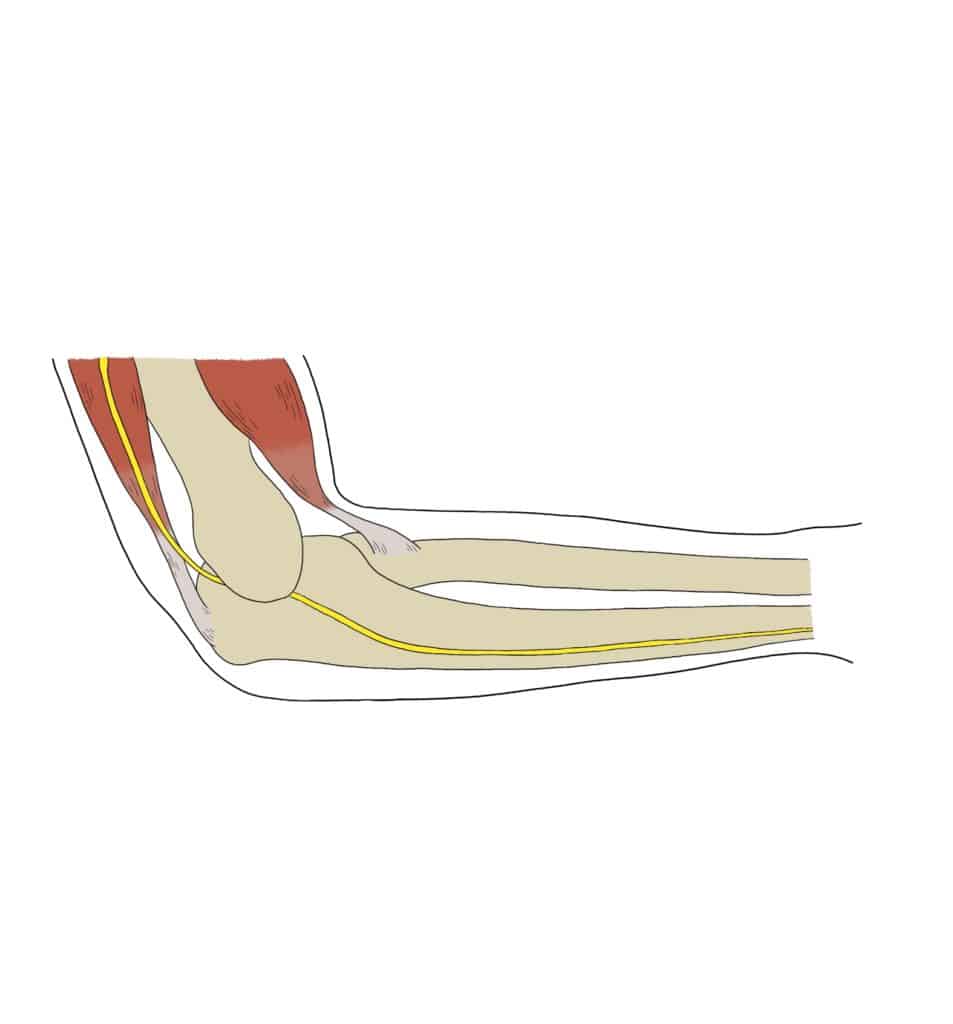
De Quervain’s Tenosynovitis
De Quervain’s Tenosynovitis is a relatively common and very painful condition affecting the tendons in the wrist and your thumb.
If you have De Quervain’s Tenosynovitis you may have pain when making a fist or moving the thumb and tenderness over the thumb and wrist. It is considered a repetitive strain disorder and people in jobs with repetitive wrist movements, such as plumbers and mechanics, are more at risk. It is also linked with pregnancy and breastfeeding but the exact mechanism is unknown.
There is a fairly accurate test that our osteopaths can perform to determine if you have De Quervain’s Tenosynovitis. They can then treat it and help you to prevent it from reoccurring with exercises and lifestyle advice.
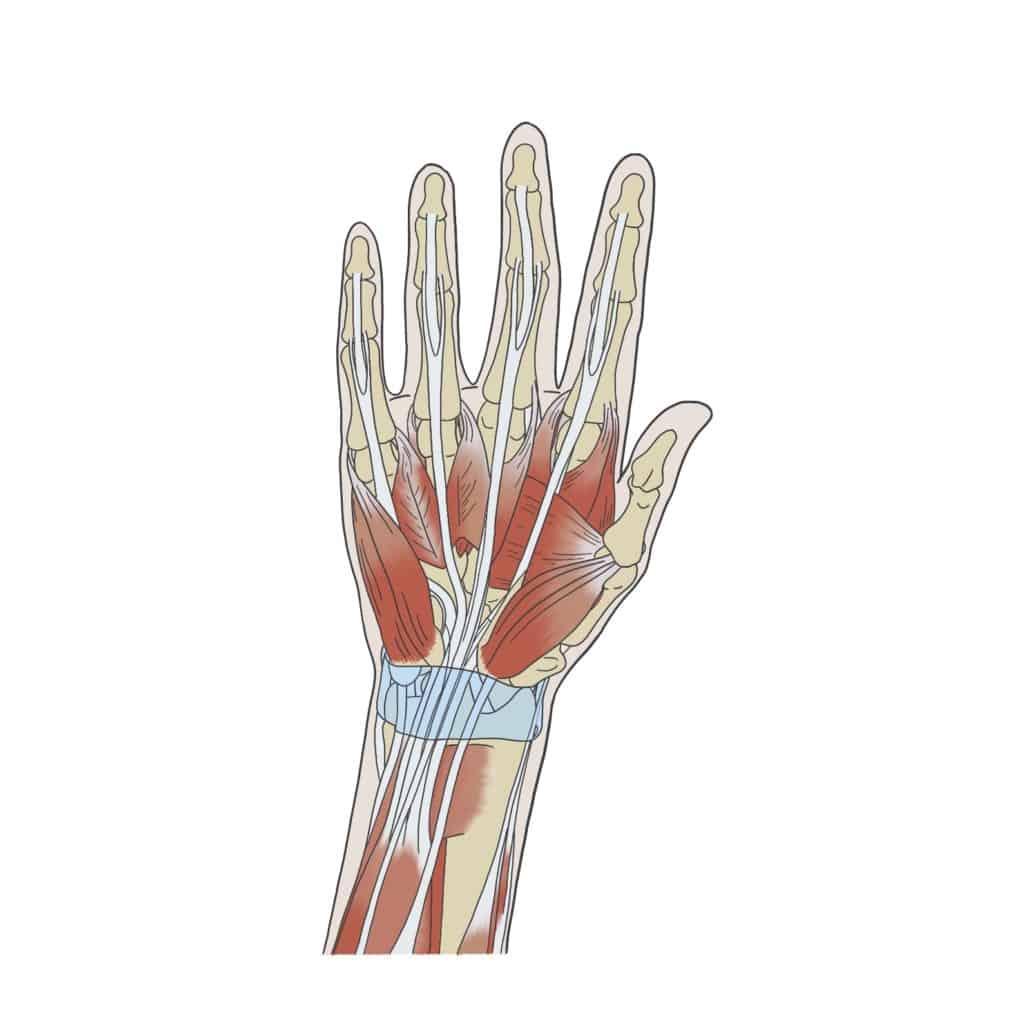
Olecranon Bursitis
Olecranon bursitis is an inflammation of the bursa (a small fluid-filled sac which helps reduce friction) on the point of our elbow. This causes a large amount of swelling and pain
Olecranon bursitis usually occurs due to a hard knock to the elbow or prolonged pressure, such as leaning on it for a long time. Hence its layman name ‘students elbow’. It can also occur as a result of infection or rheumatoid arthritis.
Your osteopath will be able to confirm if you have olecranon bursitis. They will be able to aid drainage through the arm to help reduce the inflammation. They will also be able to offer you lifestyle advice and modifications which to help prevent reoccurrences and reduce pain levels.
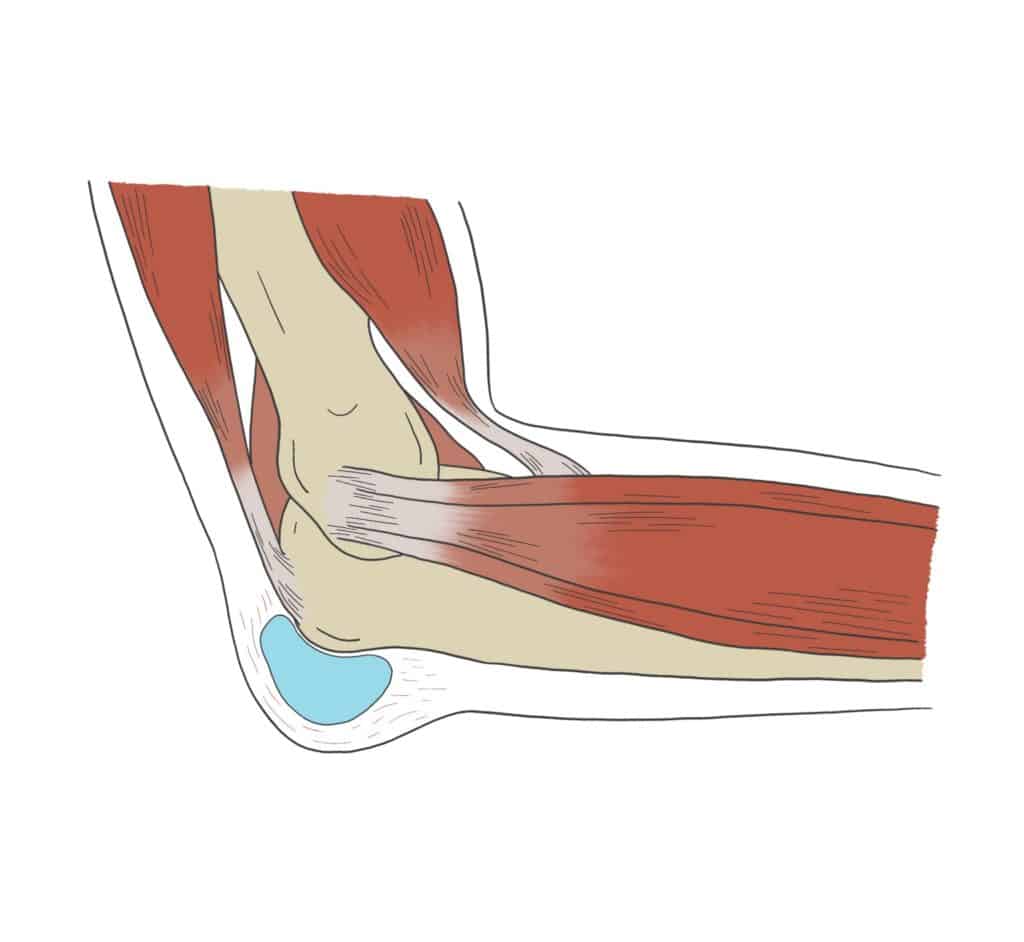
Carpal Tunnel Syndrome
Carpal tunnel syndrome occurs when one of the nerves (the median nerve) in your wrist becomes compressed and irritated.
You may get tingling or numbness into you thumb, forefinger and middle finger which is often temporarily relieved be relieved by shaking your hand. You may also find that you have weakness or difficulty gripping. These symptoms are often worse at night with CTS. Working long hours at a computer, using vibratory tools and being pregnant are all risk factors for CTS.
The good news is that CTS often responds positively to osteopathy. We can help to reduce muscle tone in the area, increase range of movement in the joints and relieve inflammation. We can also offer you advice on how best to change your desk set up/using a splint/working conditions etc to help relieve the symptoms.
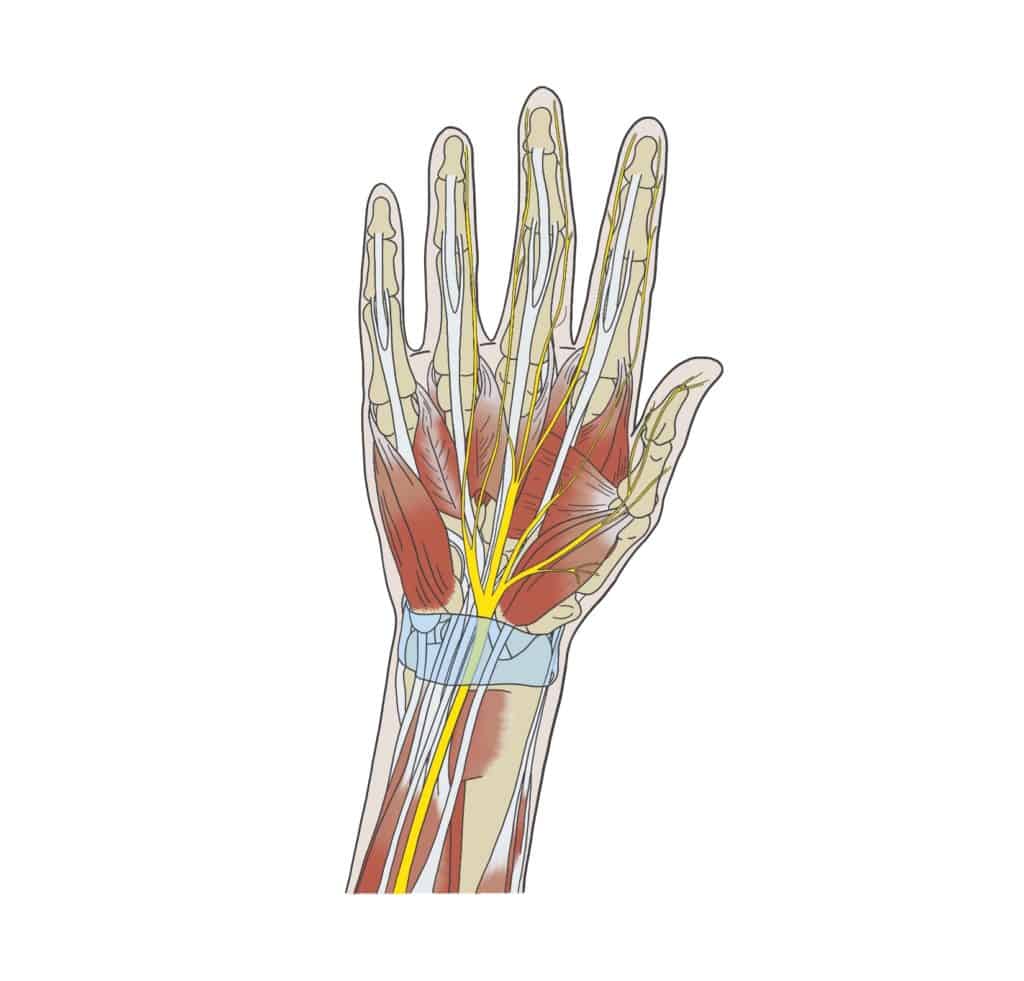
Arthritis
Osteoarthritis is a common condition that causes pain and inflammation in a joint. Often referred to as ‘wear and tear’ of the joint, it can occur at any age as a result of an injury but is most common in people over the age of 45.
The cartilage within the joint becomes thinner, meaning that there is more friction. Osteoarthritis is a normal, natural part of the ageing process and many people with it will suffer no symptoms at all! However, when osteoarthritis is symptomatic, patients complain of stiffness, reduced range of movement and pain on activity.
There is no cure for osteoarthritis; however, osteopathy can offer symptomatic relief for many patients. Osteopathy can help to increase range of movement available in the joint, decrease pain and improve function. Laser therapy has also been shown to be effective in reducing pain associated with arthritis. We are also able to offer “pre-hab” for those patients awaiting a joint replacement
We can also get a type of arthritis called rheumatoid arthritis; this can affect multiple joints in our body at the same time. If our osteopaths suspect you have rheumatoid arthritis they will refer you to the GP for a blood test to confirm this. We can still treat patients once they have been diagnosed with rheumatoid arthritis and they can get a lot of symptom relief from osteopathic treatment, however it is more complex than osteoarthritis due to it’s nature and usually requires a combined treatment approach with your GP.

